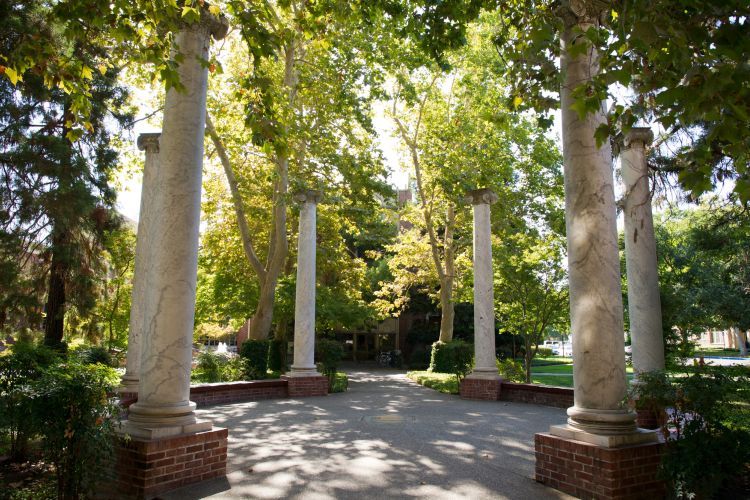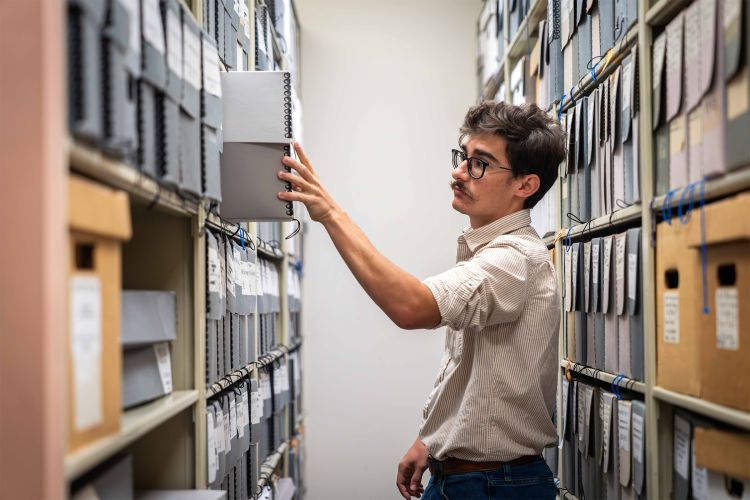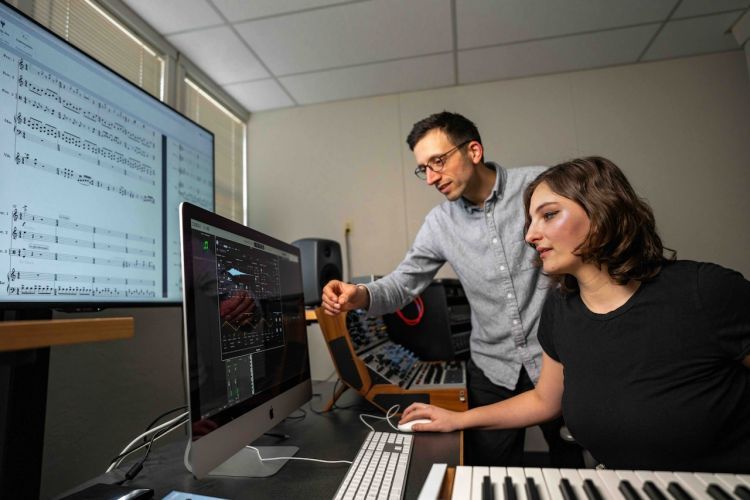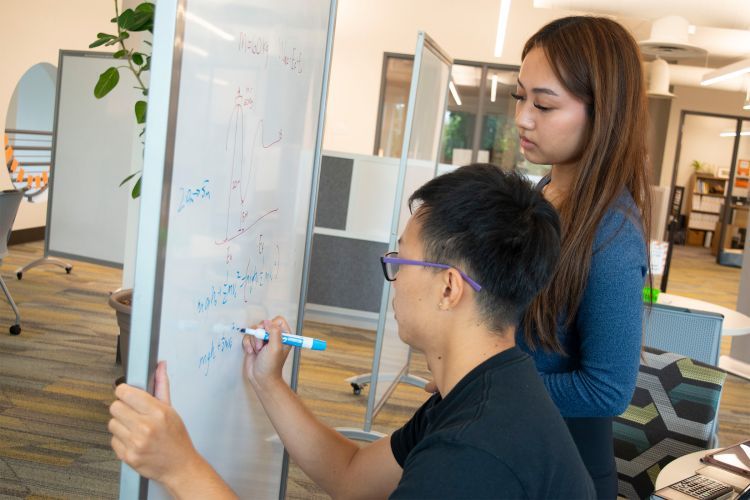Breadcrumb
Pacific's summer fellows connect community to Stockton campus

Covered in white marble, the Hazelton Library housed the columns before being demolished in 1964 when they were relocated to Pacific at the request of then President Robert Burns.
Six University of the Pacific students have created a phone app for a walking tour of campus sites focused not on the traditional landmarks, but the places where student initiatives have propelled social change.
Sponsored by University Libraries and under the direction of university curator and fellowship director Lisa Cooperman, students Jamie Chesbrough, Harleen Kahlon, Kaitlyn Imada, Braydon Ross, Thyphien Son, and Lorenzo Spaccarelli collaborated during a five-week intensive fellowship on how to use technology to highlight Pacific’s history and provide a sense of place for students.
"Our goal for developing the app was to help students have a deeper understanding of the campus and what it means to be a Pacifican," said Spaccarelli. "We wanted to try and facilitate a way for students to learn more about Pacific’s values and the tradition of leadership on campus."
The students conducted research and designed graphics to create a smart phone app for an augmented reality walking tour of selected campus sites.
After developing several prototypes the “Tiger Strides” app was developed in Unity, a game engine software that allows coders to assemble a variety of assets to create an experience. Drone footage and original music accompany student narration and photographs from the library’s archives.
Through the user’s smartphone camera, digitally created 3D graphics and audio are overlaid onto the surrounding environment, providing an on-screen interplay of physical space and digital content. This technology offers new opportunities for more accessible and engaging learning environments.
The app highlights five locations on the Stockton campus that have a history of social and cultural change:
- Burns Tower: Completed in 1963, Burns Tower symbolized the ambitious aim of President Robert Burns, whose office was on the top floor. The tower became the focal point for student protests in the 1960s and remains the most widely recognized image of Pacific in the community.
- Memorial Columns: The iconic marble columns located across from the William Knox Holt Memorial Library and Learning Center originally came from the Hazelton Library, Stockton’s first public library. Many visitors like to stand in the middle of the structure and hear the sound waves coming out of their mouth bounce off the pillars and echo back to them.
- Spirit Rocks: Placed on campus in the late 1940s, it is a Pacific custom for students to sneak out in the middle of the night and paint messages on the two large rocks. On any given day the rocks may display Greek letters, birthday announcements, student art, or an advertisement for an on-campus event.
- Pow Wow: Since 1981, Native Americans representing tribes throughout California and other western states have converged at Pacific on Labor Day Weekend for the Stockton Labor Day Pow Wow. During the event indigenous peoples of the West share their rich cultures with songs, dances, drums, arts, crafts and food.
- The Cluster Colleges: In the 1960's under President Burns, Pacific started three schools that were unique in higher education in the United States. These were the cluster colleges—Raymond, Callison and Covell (1962-1986), which adapted the Oxford and Cambridge model to an American setting, integrating faculty and students into living and learning communities.
The Tiger Strides app can be downloaded from the Cube in the Library, the Google Playstore and the App Store.





